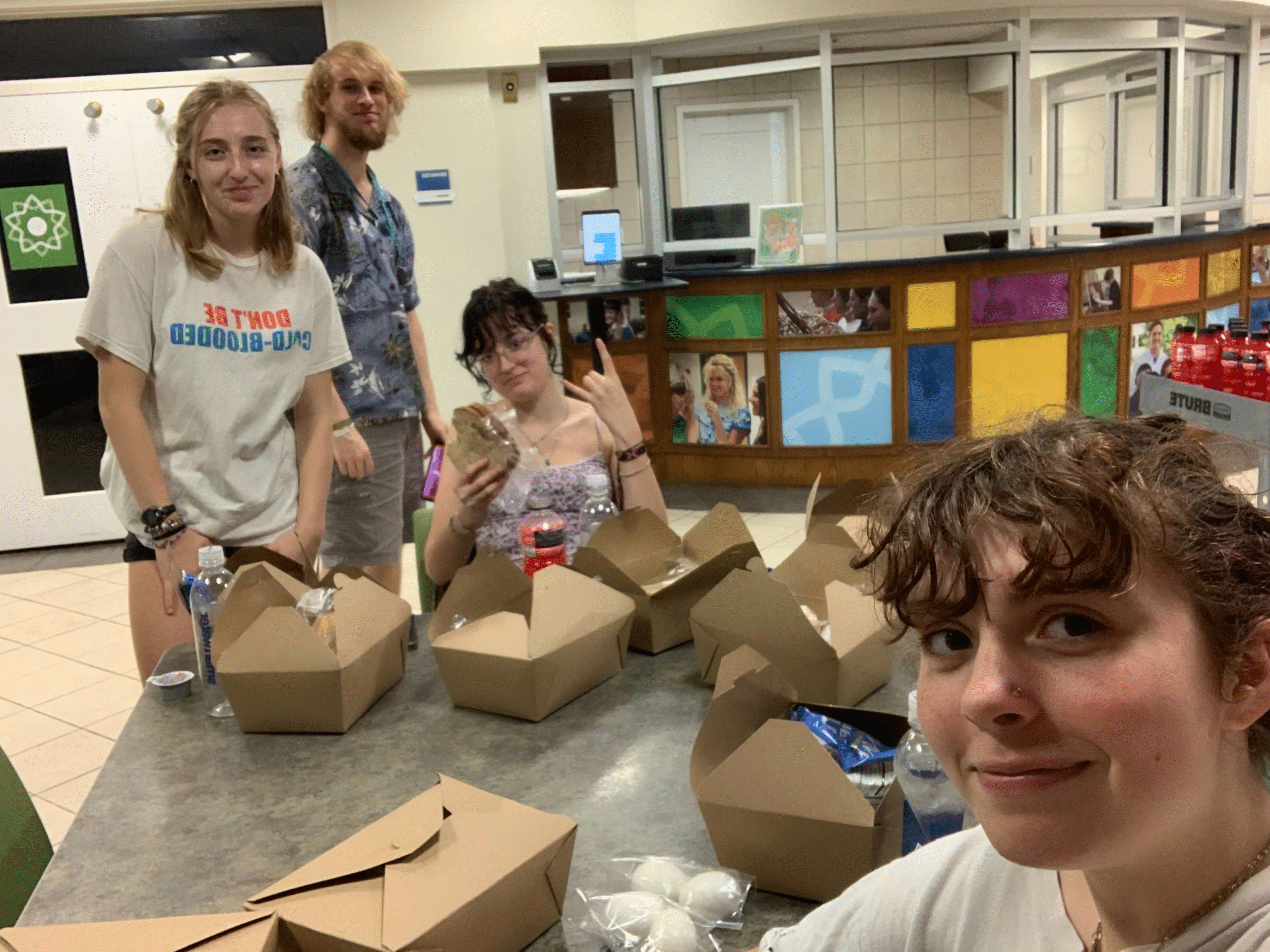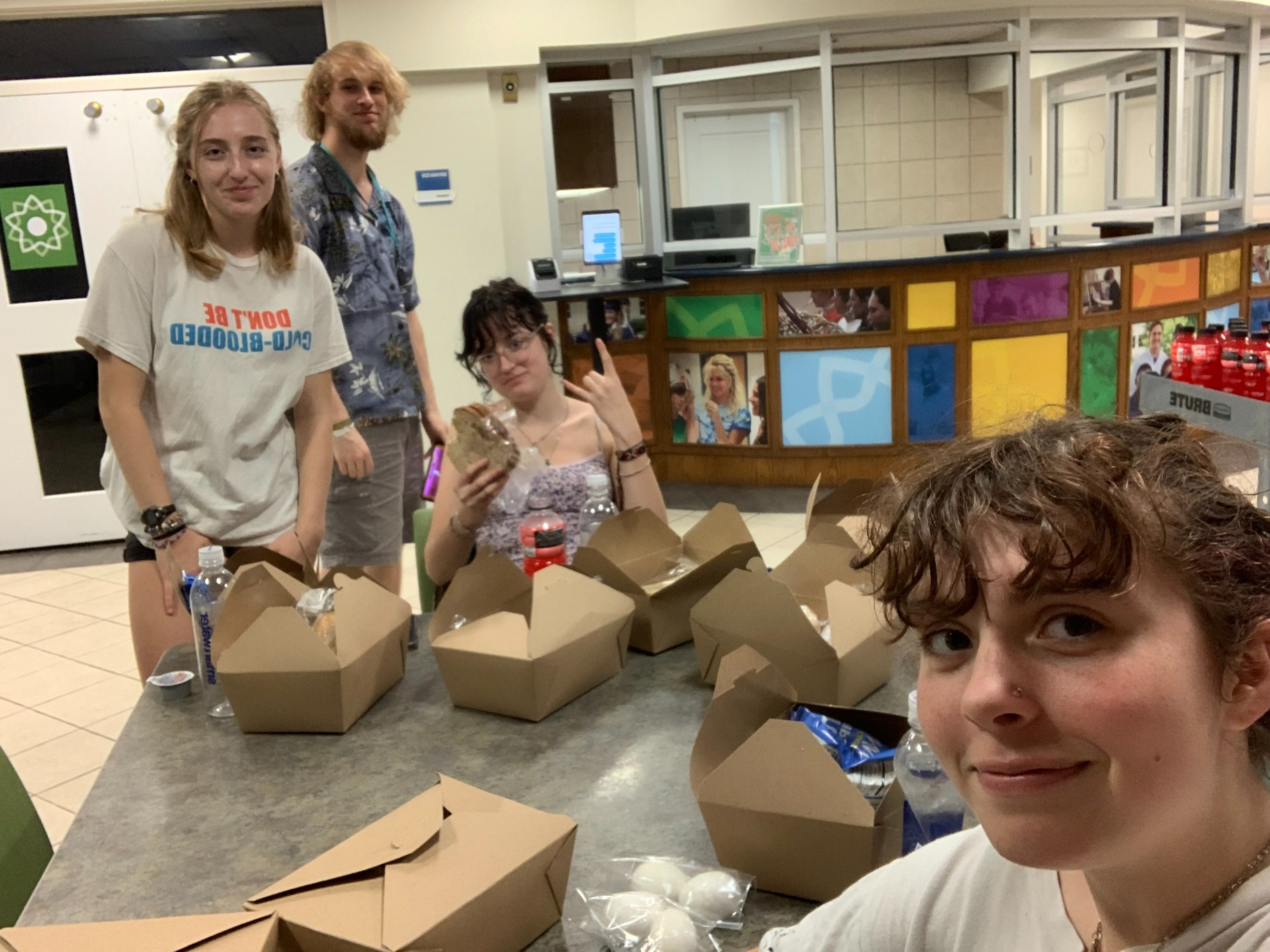By Ellie Murphy, Guest Contributor
Hello,
I hope this finds you well. I am writing this to spread information about the vast impacts Hurricane Helene has had on my home community and the surrounding western North Carolina (WNC) region.
My family was fortunate enough to be out of town when the hurricane hit and we are safe and physically well. The county I have grown up in almost my entire life, Yancey County, has been virtually destroyed. It has been extremely disheartening to experience this knowing that people in my own state have little to no knowledge about the severity, because of a lack of media and news coverage.
I understand that this does not only apply to my county but the entire WNC region. If you are willing to read the following about the situation, I ask that you do so with care and attention to detail. I hope that people can grasp at least a sliver of what my community is going through and find sympathy to donate and reach out to those in need. At the very end of this email are various links to help donate and pictures of my hometown in its current state.
Before Hurricane Helene even swept through, the region was flooded from predecessor rain events (rain that occurs around 36 hours before a storm and can span 600 miles poleward from the storm’s center). These rain events brought in about 12 inches of rain- enough to flood interstates, fill the ground, and create a few inches or so of present groundwater. Hurricane Helene brought a total of 30 inches to my town Burnsville in Yancey County, NC.
On Thursday night and Friday into the early afternoon, Hurricane Helene swept through my county. On Friday morning, I was in contact with a friend in my hometown about the conditions of the area where she had already lost power but was able to communicate through her family’s solar-powered satellite wifi.
After 10 a.m., I was no longer able to contact anyone from my county or surrounding counties. No one else could communicate either, not within the area or outside of it. To give context, in many of these rural communities, families have lived here for generations. Grandparents, aunts and uncles, cousins, and other family members (of multiple generations) live in the area and these small towns are all their last names have ever known. This area is also one of the most impoverished areas of the state.
For loved ones who were not directly impacted by the storm but were concerned for their family, no communication meant that they had no one to reach out to. Their entire extended family was at risk and suddenly everyone was isolated from one another. Scrolling on Facebook pages of my town was and is still apocalyptic-like. Hours spent scrolling through family members reporting their loved ones missing and asking for any information on specific roads/areas. This absence of communication is still ongoing but has improved daily and there are wifi centers set up, if people can access them.
My dad is an OB/GYN and travels to regional hospitals for his work. He was working in a hospital just south of Asheville. Even at a hospital, he had no power or service. He reported to us at 4 a.m. on Saturday that he was okay. The hospital had no source of information besides looking out the windows and hearing reports from people stumbling into the building. My dad was also told that he was the only surgeon in the hospital for the day and night he was there.
From a friend with a family member who works at the hospital closest to my house, the hospital was again described as “an apocalypse” after the storm passed. With no running water or service, people were showing up at the hospital doors with major injuries, severe limb damage, and pleas for help.
The story of a man who was pinned under a tree for three hours is most haunting. A friend shared with my mom the story of a nearby sheriff: how he worked for 72 hours straight rescuing and searching for others; how his team had to leave bodies floating down flood waters; how the death toll is still increasing as more bodies are uncovered.
Access to emergency facilities was incredibly limited because of the destruction of the roads. Major interstates are closed between towns and into towns due to fallen trees, mudslides, bridges collapsed, flooding, powerlines down, or the pavement is literally no longer there and swept away by flood waters. This not only applies to major interstates and highways but to almost every single side road, neighborhood, and driveway.
The damage to these roads is severely isolating. Without access to homes by car, people must walk for miles to reach a main highway or even any sort of public infrastructure. To provide additional context, Yancey County has a population of about 19,000 and has a square mileage of 312.6 miles. Durham County has a population of about 333,000 and has a square mileage of 287.5 miles. I include this to say there is no large neighborhood. There is not a centralized location. People across my county are incredibly spread out. There is no interstate in my county, only 2 major highways that connect the thousands of side roads. Bridges that connect these roads to the highways are washed out completely. Hundreds of trees and powerlines have fallen on singular driveways. Many live on gravel roads, and those are completely impassable. It will take months and years to fix this issue and until then, traveling to or from home will be impossible or extremely difficult.
With this lack of transportation and communication, people are starved of physical resources and resources of knowledge. At this time only a few locations throughout the county have power. Many homes do not have running water, electricity, service, a source of food, or transportation (and for those who do have a way of traveling with their vehicles, there is barely any access to gas). This applies to those fortunate enough to have an intact home. For some, flood waters have destroyed levels of their home, trees have fallen on rooms or entire houses, their houses are completely underwater, mudslides have caused the houses to lose their foundations, or houses near rivers have been swept away entirely.
Damage to this extent has not only impacted homes but also cars and public buildings. The post office closest to my house consists of only the cinder block foundation now. I spent my summers swimming in the South Toe River; the swimming hole is down about 20 feet in a ravine from where you park your car. The river is now level with the road. The multiple bridges to access my house are completely washed out. Our neighbors hitchhiked into town to send us an email urging us to not return for a while.
I have been fortunate enough to hear from a majority of loved ones, but even 48-72 hours from the storm I worry about friends and valued community members. The majority of people are okay but conditions are terrible. Communities have banded together to make it through this. It will take months and years to reach relative stability.
I write all of this to provide context that hopefully helps you to understand the severity of the situation. I strongly urge you to share this email or by word of mouth with everyone: spouses, parents, friends, colleagues, teachers, neighbors, anyone. Below are pictures of my hometown and links to ways to donate money and resources.
Thank you,
Ellie Murphy
/

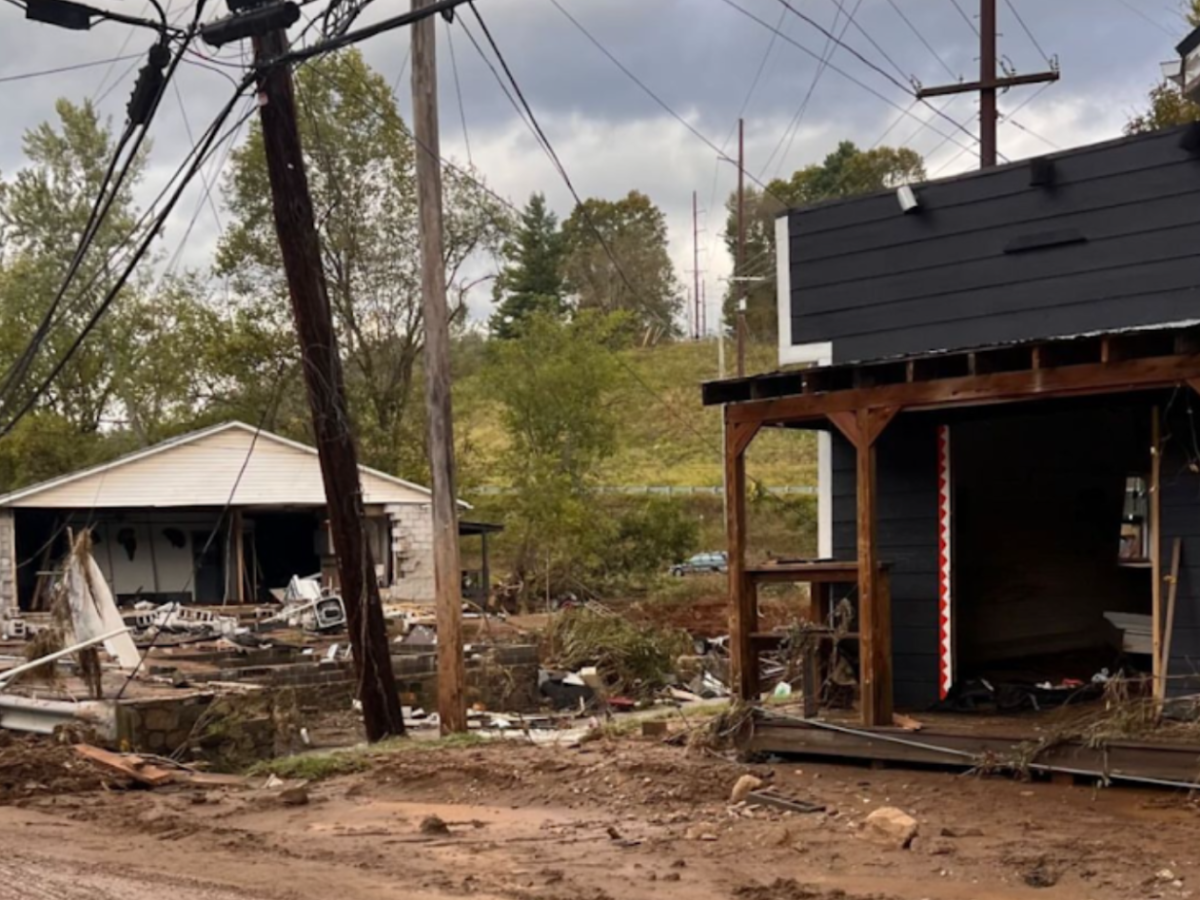


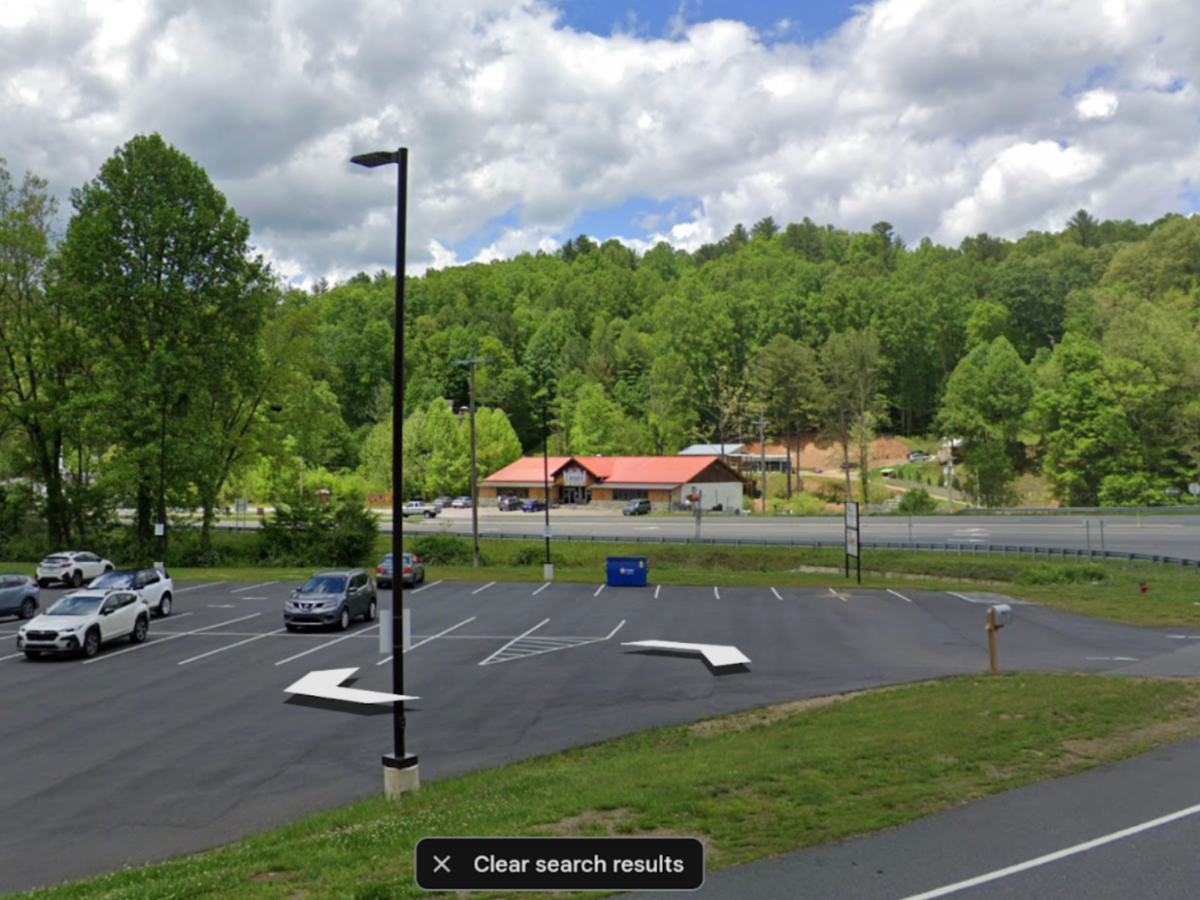
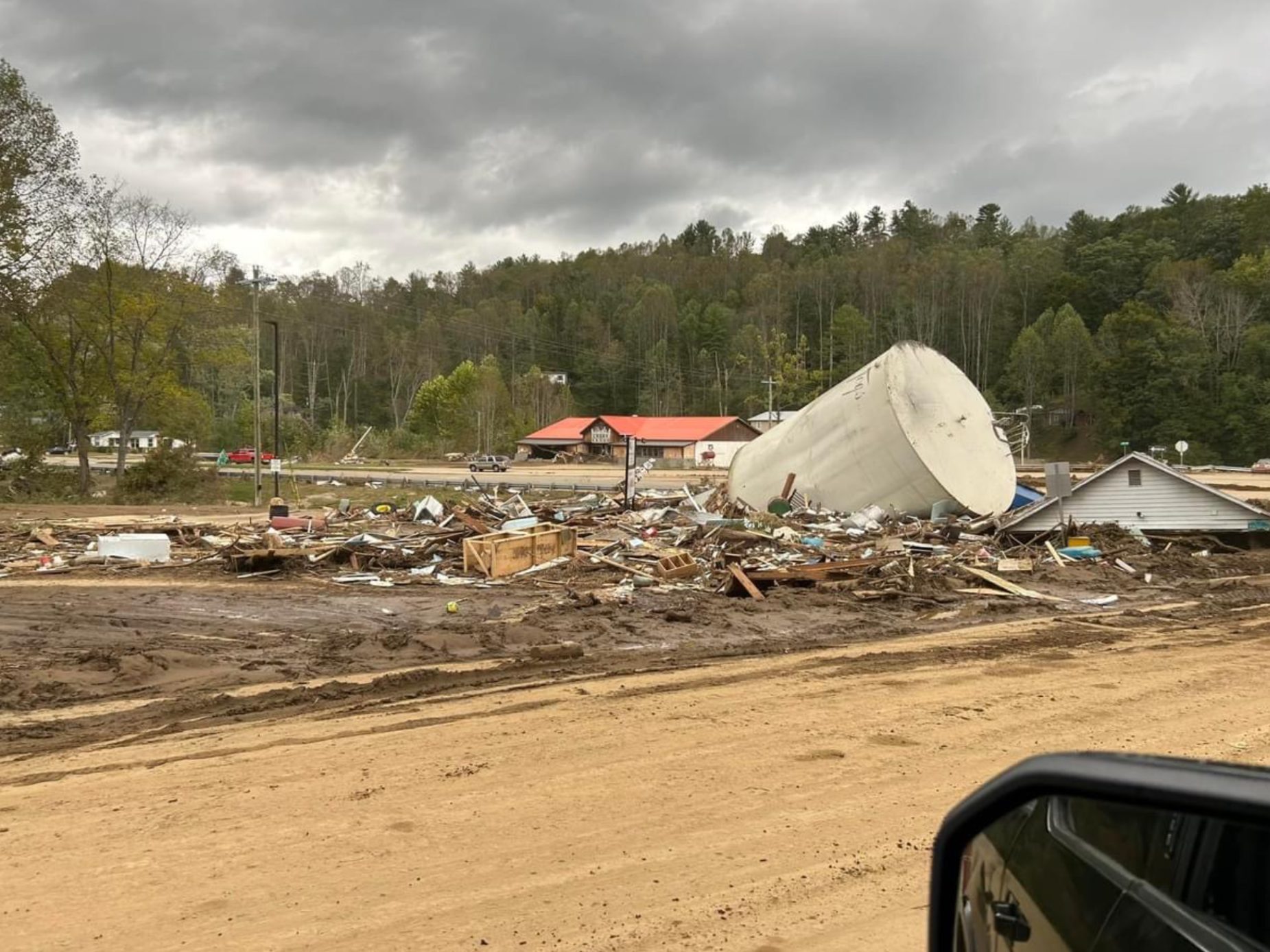
/


